
The results are completely natural and “real” and you end up with not only better looking skin, but much stronger and healthier skin that is functioning as it did when much younger.
Rosacea is a chronic inflammatory disease that is one of the most prevalent causes of persistent skin redness around the eyes, cheeks, chin, nose, and forehead.
Rosacea is distinguished by persistent flushing, erythema, inflammatory papules/pustules, and spider veins. Secondary rosacea symptoms, such as itching, burning, or stinging, are common in individuals.

What is Beauty? If your experience of life is generated internally, is joyous, where you find purpose in everything you do. Dr. Milgrom was being
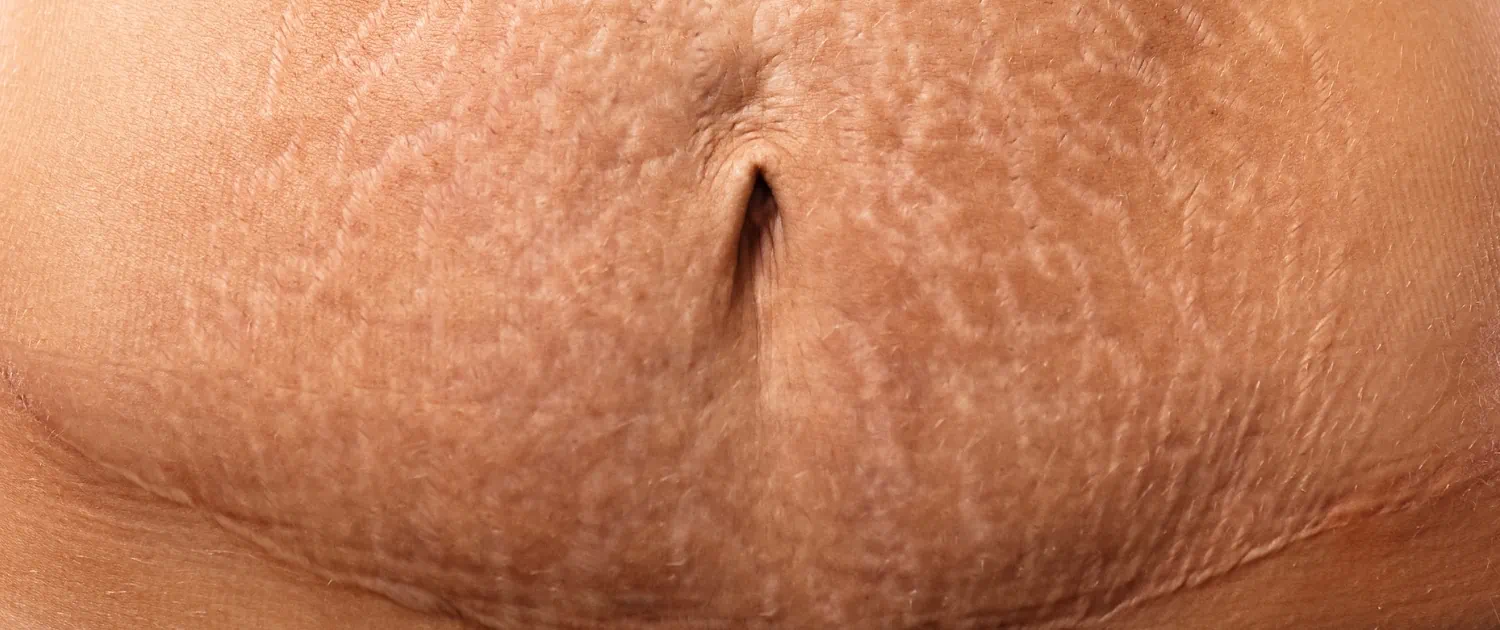
What Causes Stretch Marks & How to Prevent Them There are several causes of stretch marks mostly revolving around rapid weight or muscle gain which
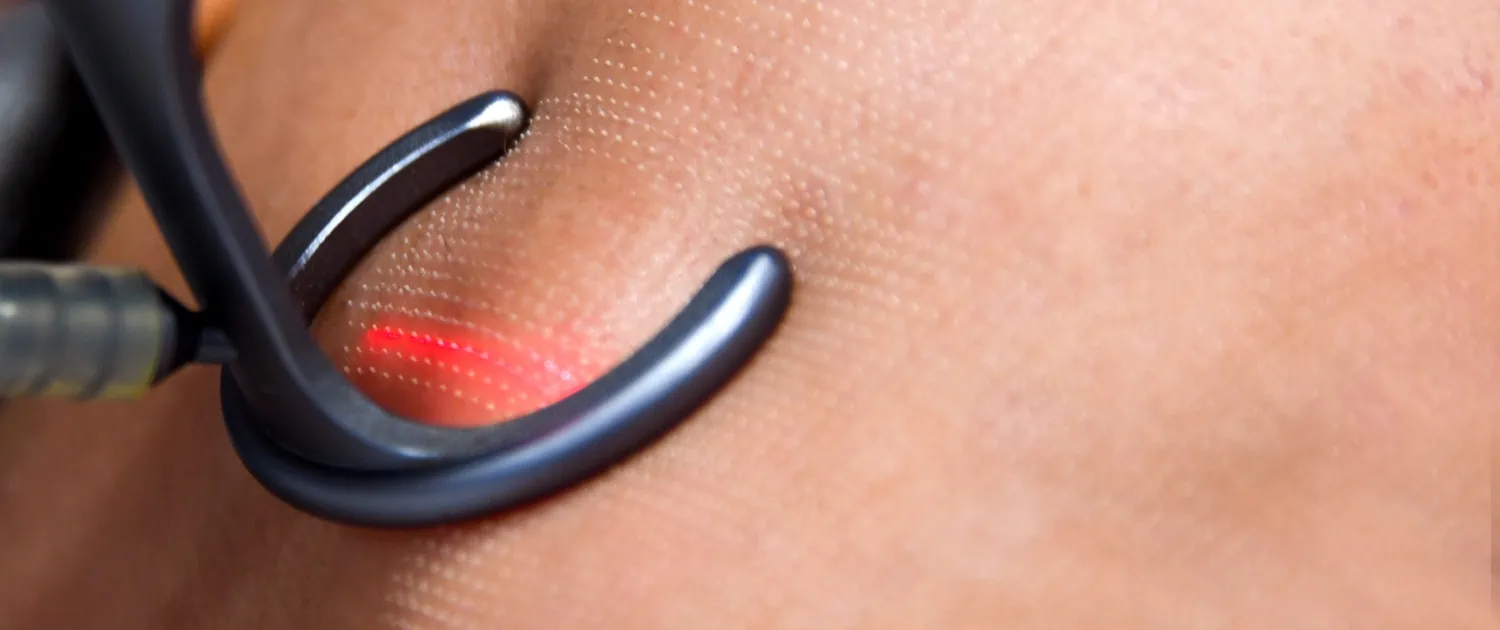
CO2 Fractional Laser Resurfacing Laser skin resurfacing with the CO2 Fractional Laser will tighten up your collagen, pores and give you a lift. Watch the
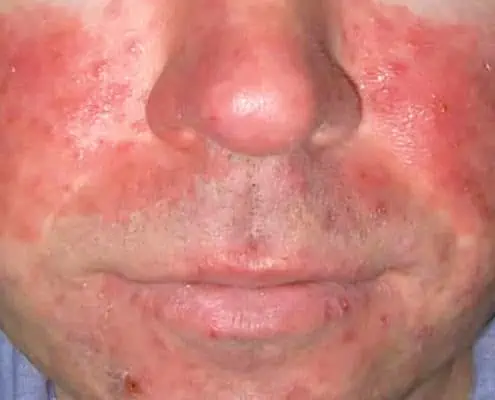
What is Rosacea? What is that Redness on My Face? What is that redness on your face? Chances are… It’s rosacea. Rosacea (ro-zay-sha) as its
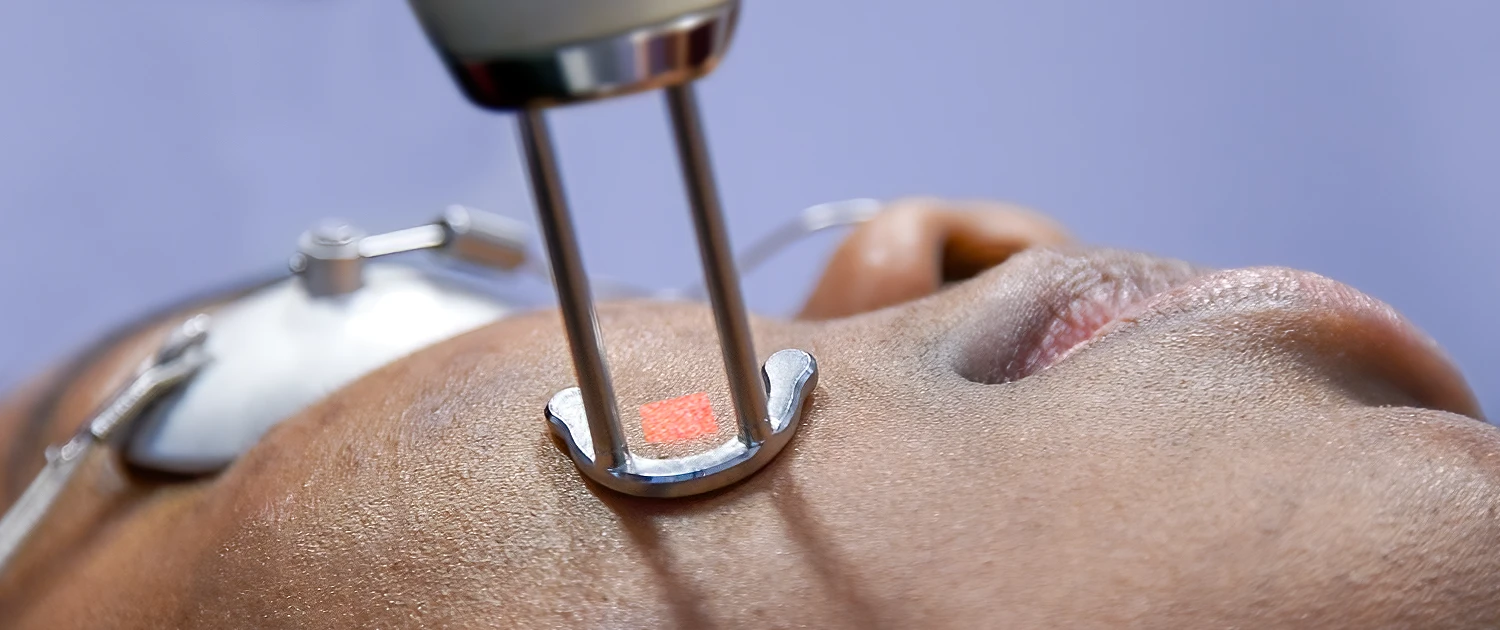
Laser Treatment for Hyperpigmentation & Melasma on Dark Skin Here today… Gone tomorrow! Laser Treatment to Remove Age Spots and Sun Spots is Effortless, Comfortable
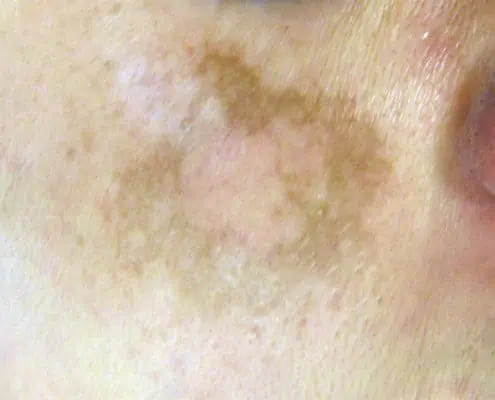
What is Melasma? Stable Vs. Unstable, Causes and Treatment The dark patches of Melasma are the result of excessive melanin being produced by melanocyte cells
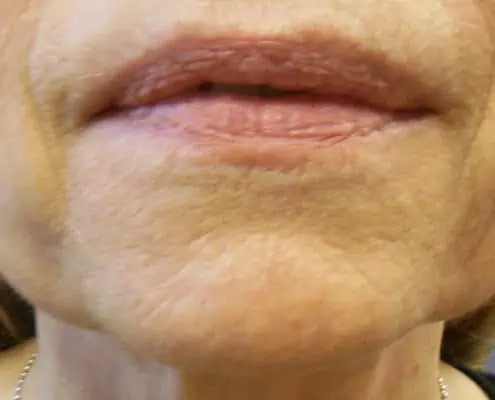
Jowls : What Causes Them and How to Get Rid of Them (non-surgically) First you must understand what causes jowls in order to eliminate them
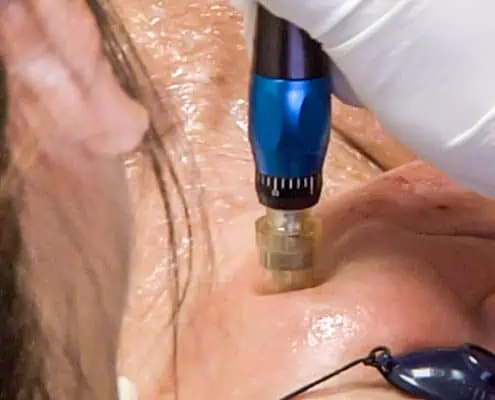
Microneedling : What is it? Does it Work? What are the Results? Microneedling rejuvenates your skin’s collagen through an acupuncture-like treatment. Microneedling : All natural

All About Radio Frequency Skin Tightening Radio frequency microneedling is an RF based technology that helps with skin tightening. More than 14 million people a year

It’s All About the Collagen… The Basic Biology of Healthy Skin The building blocks of your skin (scanning electron microscopy of collagen fibers). Before we
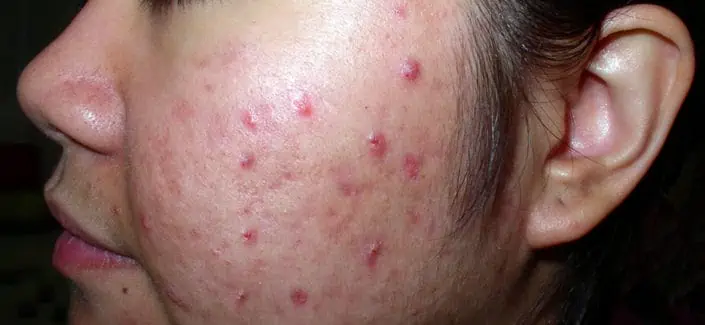
Acne : What is it? What Causes it? The Basic Science Everything you ever wanted to know about the basic science of acne. Acne :
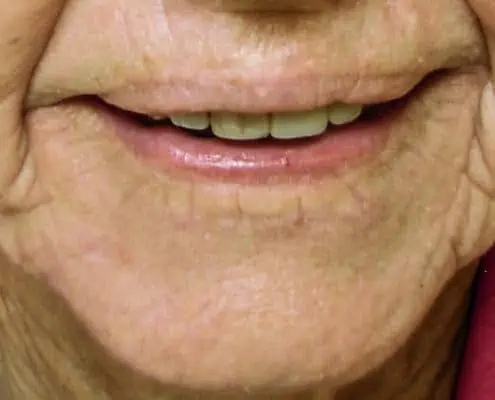
Wrinkles – Causes, Prevention and Removal Wrinkles are clearly a by-product of the aging process combined with sun damage. It has been said before that

Which Collagen Treatments Actually Benefit Your Skin? The truth behind collagen treatments and which will actually benefit your skin. Wondering where all that collagen went? As
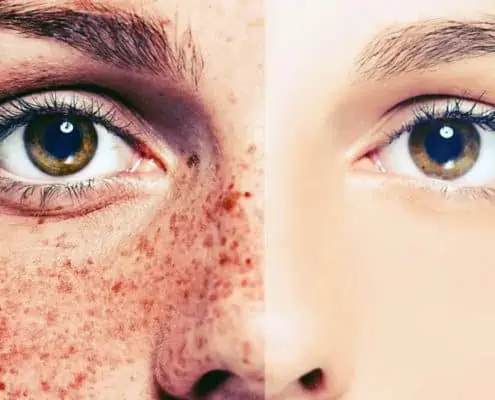
Oh how we love the way the sun feels, but oh how we hate what it does… sun damaged skin! Yes, the sun does
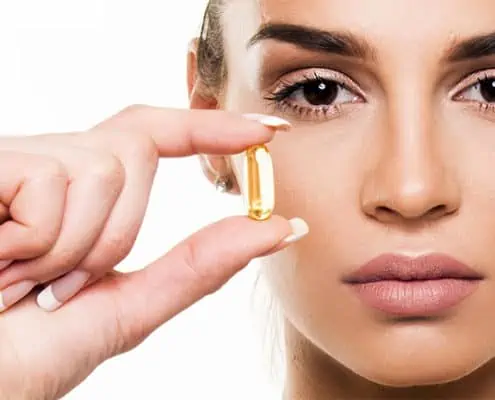
Collagen Supplements – The Care and Feeding of Your Collagen Collagen supplements for the care and feeding of your collagen looking skin. In fact, even
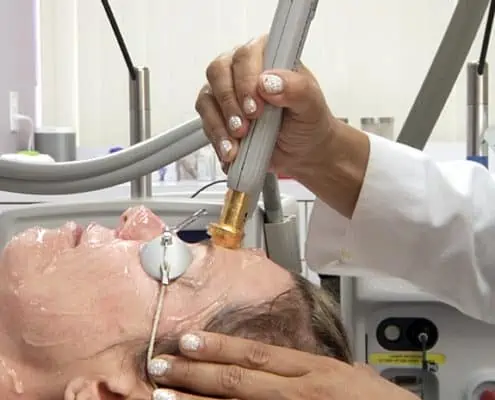
Most of us pay no attention to how fantastic our skin really is. As one of the largest most important organs in our bodies, our
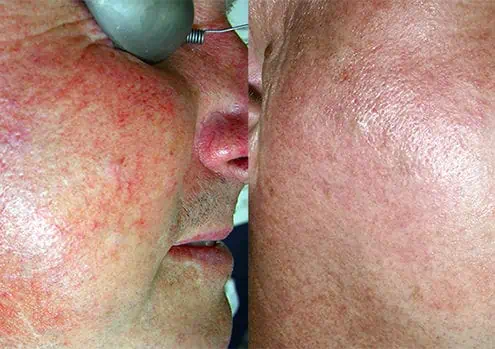
Rosacea… WOW…. What a confusing and tangled story! At AMA Regenerative Medicine & Skincare, where we specialize in Laser and Integrative Medicine, we have
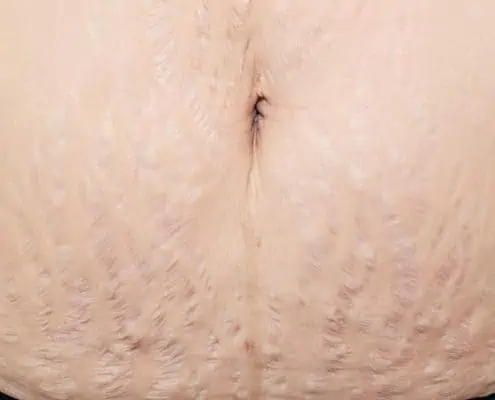
How to Get Rid of Stretch Marks – Which Treatments Work? Which treatments actually work to get rid of stretch marks? Many people who experience
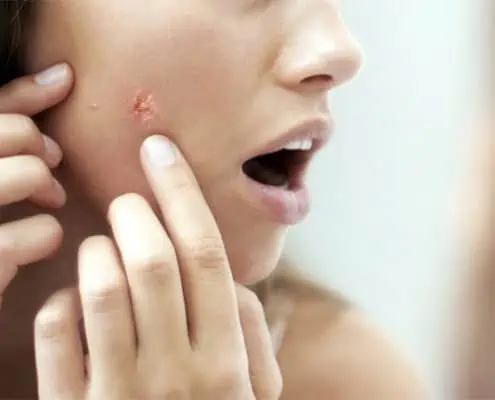
There are foods that are good for preventing acne and foods to avoid because they are known to cause acne. There are also many vitamins
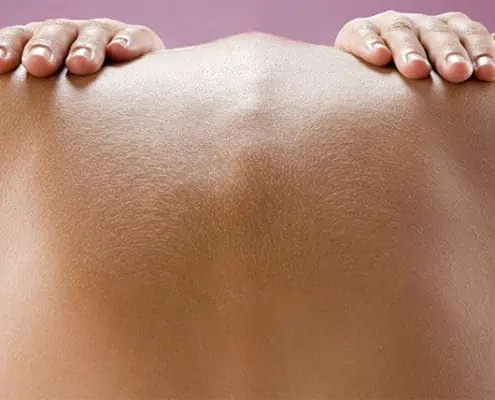
The Skin : 11 Amazing Functions & Why You Should Take Care of it Your Skin is Amazing! These are The 11 Amazing Functions of
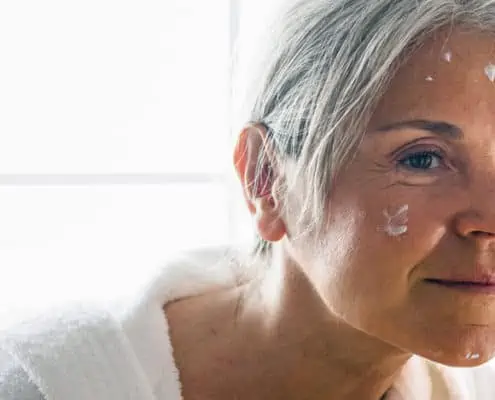
DMAE… Skin Tightening Cream? For all those who are looking for a “quick fix” for skin tightening, DMAE sounds like a dream come true. It

17 Tips for Removing and Preventing Ingrown Hairs One method of removing an ingrown hair is using a sharp object to gently lift the hair
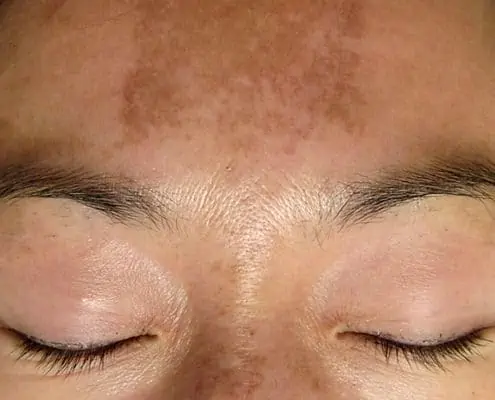
Melasma is one of the most prominent skin problems in the world. Nearly 6 million Americans suffer from melasma. The problem reveals itself in the

Unwanted hair is often viewed as the proverbial bane of our beauty blunders. Today, there are so many different methods of hair removal available that

Dermatitis : Symptoms, Causes & Treatment of the 7 Most Common Types Also known as eczema, dermatitis is a group of diseases that result in

Did you know that the effects of stress on the body can cause a variety of beauty problems and skin conditions? Read on to find

Foods are a huge part of dictating how we look and feel on the inside, which is a direct reflection of how we look on
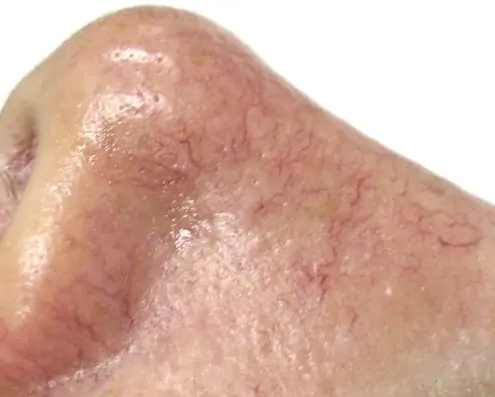
6 Treatments to Remove Spider Veins on Your Face There are many different treatment options when dealing with facial spider veins. From at-home options to

What is Myofascial Release Therapy? Myofascial Release Therapy (MFR) is a safe and very effective hands-on technique that involves applying gentle sustained pressure into the

Is it true or even possible that one could have a facelift without surgery that provides real results without going under the knife? The answer
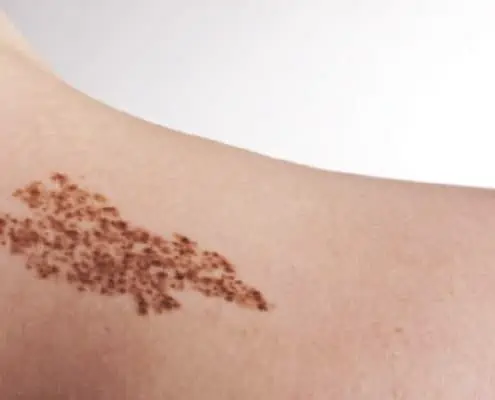
We’ve all seen them and some of us have even been born with them—but the truth remains that no one really knows where birthmarks come
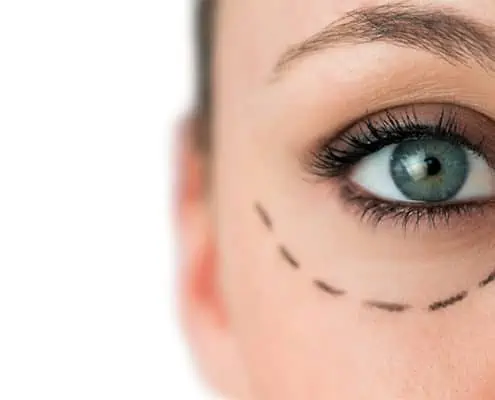
WHAT IS A FACELIFT? Facelift surgery provides a method to smooth out lines on your face and give you an overall younger appearance. No matter
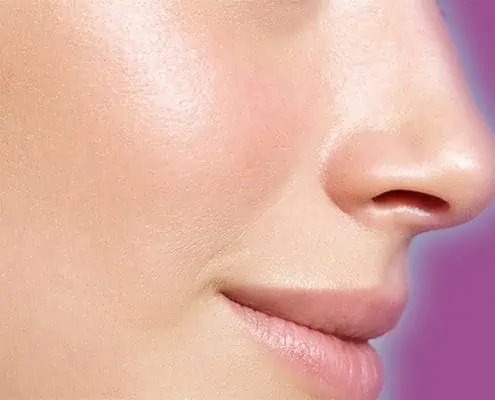
The Secret to Young, Healthy Skin – How to Look Younger The secret of how to look younger is within your own skin. Did you
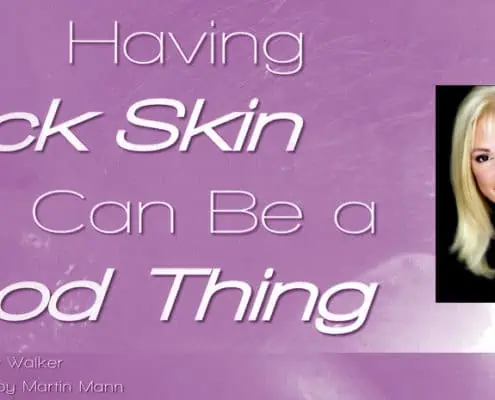
Repost of an article originally written in 2006 (Just imagine how much more sophisticated the technology and the techniques have become since then!) It’s been
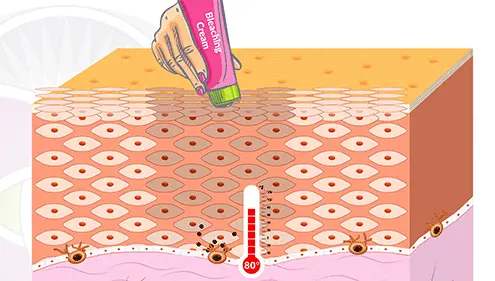
Watch the video : Melasma : A Deep Dive into the Cause & Treatment (The following is a transcription of the above video) Today we’re
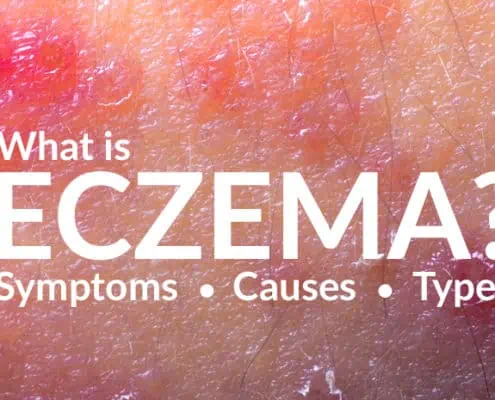
Why write an entire article on the different types of eczemas? After all, they’re just rashes that can’t be cured and tend to go away
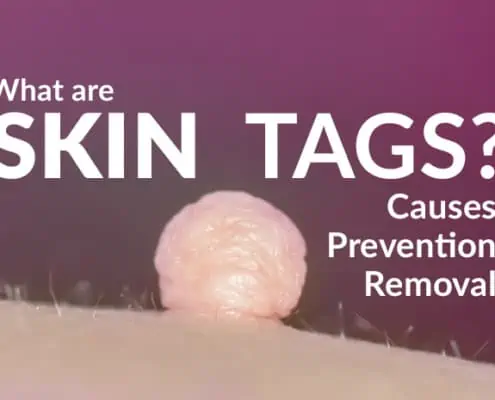
They look like small flats of hanging skin and are more common than you imagine. Although not dangerous or painful, skin tags, scientifically known as
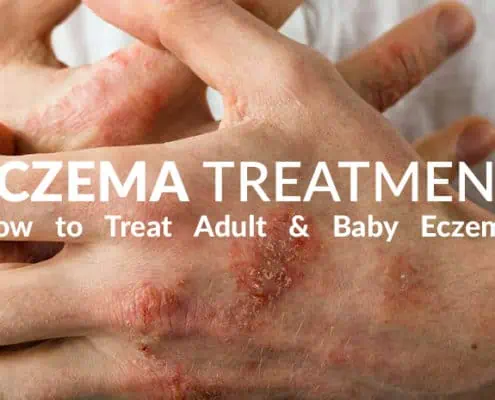
Treating eczema, a condition whose cause remains unclear, can turn out to be a rather sensitive topic. For one thing, most over-the-counter and doctor-prescribed treatments
Years of sun exposure raises the risk of sun damage significantly. UV light “triggers” an increase in the creation of melanin, the natural pigment in our skin.
As a result, “solar lentigos” form, which are also known as sunspots, age spots, or liver spots. These spots can appear anywhere on your body, including your hands, face, chest, and back.


Watch the video : Melasma : A Deep Dive into the Cause & Treatment (The following is a transcription of the above video) Today we’re going to be discussing melasma. Now before we get into exactly how we treat melasma, it’s very…

Is it true or even possible that one could have a facelift without surgery that provides real results without going under the knife? The answer is YES! At AMA Regenerative Medicine & Skincare we are continually striving to create…



Most of us pay no attention to how fantastic our skin really is. As one of the largest most important organs in our bodies, our skin works to protect internal organs and provides many other functions that we often take for granted.…

There are foods that are good for preventing acne and foods to avoid because they are known to cause acne. There are also many vitamins that are very good for the health of your skin and are a great way to get rid of acne. Food…

DMAE… Skin Tightening Cream? For all those who are looking for a “quick fix” for skin tightening, DMAE sounds like a dream come true. It is marketed under the clever moniker “facelift-in-a-jar”, which conjures up images…

Treating eczema, a condition whose cause remains unclear, can turn out to be a rather sensitive topic. For one thing, most over-the-counter and doctor-prescribed treatments for eczema have been proven to be ineffective – not…

Rosacea… WOW…. What a confusing and tangled story! At AMA Regenerative Medicine & Skincare, where we specialize in Laser and Integrative Medicine, we have treated thousands of patients with rosacea over the past 20 years.…
Atrophic acne scars are by far the most prevalent, accounting for 80% to 90% of all acne scars. These develop as indentations in the skin as a result of deep dermal inflammation that causes damage and collagen loss, followed by contraction as the acne clears. Atrophic acne scars are further subdivided into three categories; boxcar, icepick and rolling.
Stretch marks are scars that appear as depressed streaks in the skin and are frequently pink, reddish, or purplish in color. They are most commonly found on the breasts, upper arms, thighs, buttocks, and abdomen. They are more common in pregnant women or those who acquire weight quickly.
It is critical to understand that each scar is unique. The structure of the collagen that makes up a scar varies depending on how the damage was inflicted (surgical scar, burn scar, stretch mark scar, acne scar, etc.).
As a result, each scar has its own distinct structure that necessitates a distinct set of energy settings and combinations in order to “unlock its secret structural code,” allowing us to efficiently redesign its structure, reducing it, smoothing it out, and merging it into the surrounding skin.




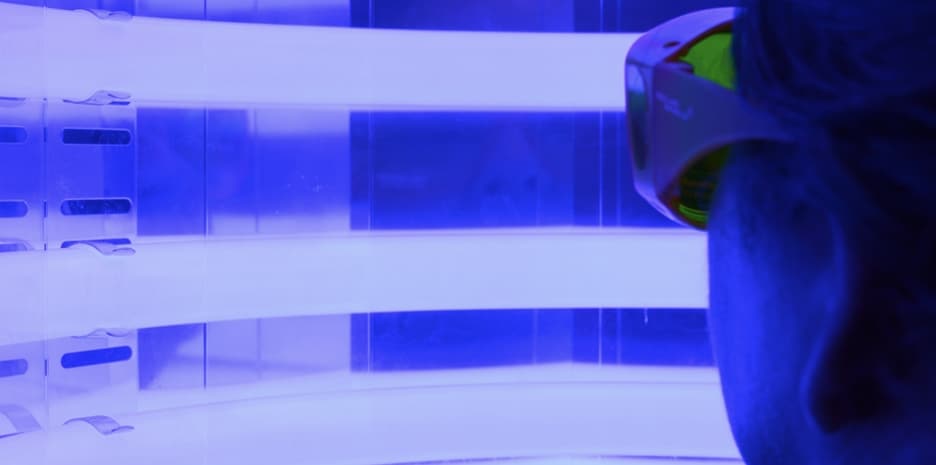
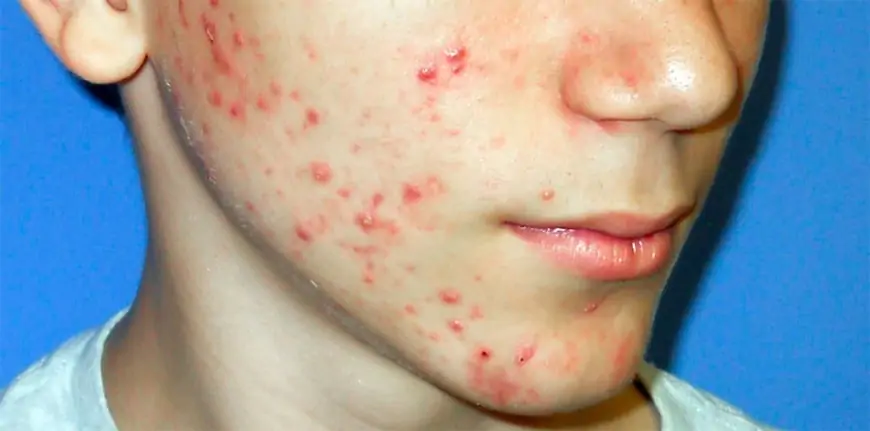

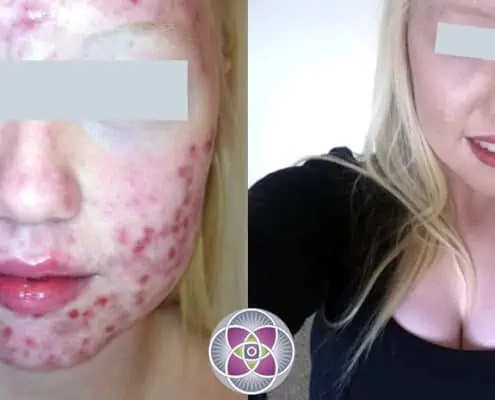

Oh how we love the way the sun feels, but oh how we hate what it does… sun damaged skin! Yes, the sun does make flowers bloom and trees grow, but flora was designed for that purpose. Human skin on the other hand,…

Most of us pay no attention to how fantastic our skin really is. As one of the largest most important organs in our bodies, our skin works to protect internal organs and provides many other functions that we often take for granted.…
AMA Regenerative Medicine & Skincare | 1570 Brookhollow Dr., Santa Ana, CA 92705 | 6310 San Vicente Blvd STE 285, Los Angeles, CA, 90048 | Privacy Policy